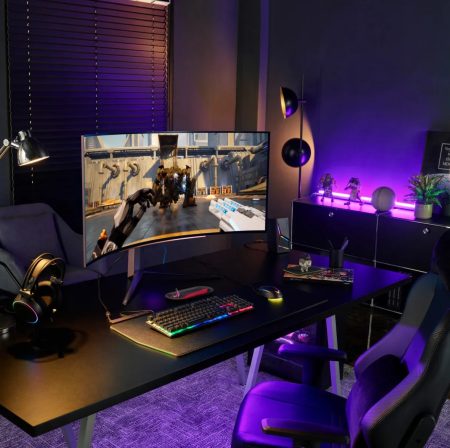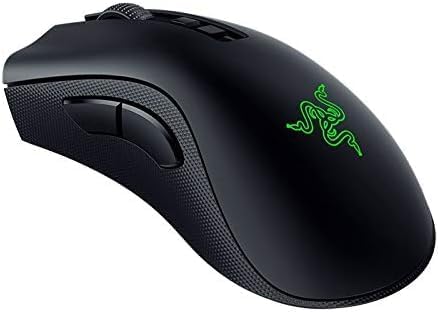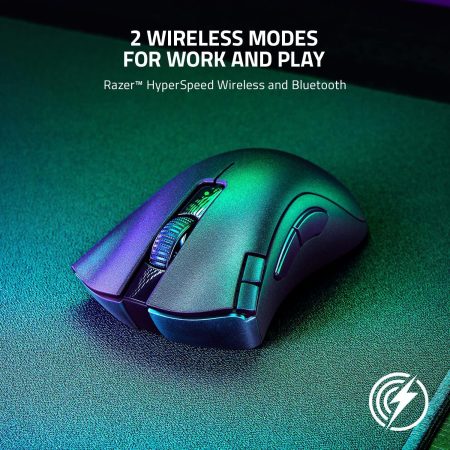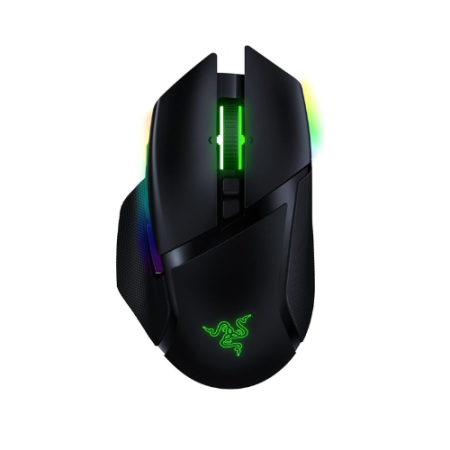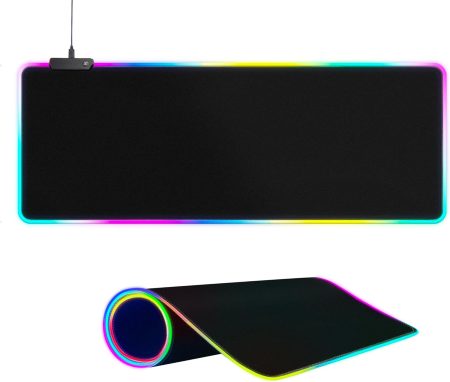Many people find opening a CPU cooler daunting, particularly if they have never done it before. Whether you’re replacing an old CPU or just applying fresh thermal paste, you should know a few things before getting started.
In this post, we’ll go through the proper procedures for removing the cover of a central processing unit. The instructions apply to both stock Intel and CPU coolers and custom-built CPU coolers from third-party manufacturers.
Steps to Remove CPU Fan
1. Taking off Any Covering
The CPU should be easily visible before removing the heat sink. Above the central processing unit, there should be no ducts or ventilation systems. Until this duct is removed, the computer’s CPU heat sink will seem to be a black box.
Simply depressing the clamps and pushing the duct away from the CPU will release the duct system from this machine. A computer’s CPU and heatsink should be exposed after the duct is taken out.

2. Shut off the Fan
Take the power cable out of the computer’s heat sink fan before you remove the fan itself. The fan’s power cord should have two, three, or four pins and connect to the motherboard. Find the point where the cable plugs into the motherboard and pull up the connection to remove it.
You shouldn’t yank on the cable if you can get to the connection. Simply tug on the connection end. The wires might come out of the connection if you pull on them.
3. Take Out the Processor’s Heat Sink
Once you remove the cable leading to the fan from the computer, you can locate the clip attaching the fan to the CPU.
It is possible to remove the heatsink from the CPU by first unlatching the clip that is keeping it in place. Unlatching the heat sink in this case requires placing a screwdriver into the little hole and carefully pushing down and away from the CPU.
In certain PCs, the fan is also attached to the heat sink via screws. Instead of unlatching the heat sink, undo the screws and detach the fan if there are screws on it.
Remove the heat sink with little upward effort by not pulling on it. The heat sink may be difficult to remove if a thermal pad or compound is used to promote heat transfer from the CPU. Usually, this is something that can be solved by giving the heat sink a little twist as you draw it up.
I Can’t Get That CPU Cooler Off

If you find that you still can’t disconnect the CPU cooler from the CPU after undoing all the screws and loosening any clamps, you’ll need to come up with a new strategy.
Under no circumstances should you attempt to pull the CPU off of the jammed cooler using sharp metal items. Instead, try these methods:
- Make sure to entirely remove the power cord from your computer (or battery, in the case of laptops)
- To begin, give the processor a very small twist; never apply pressure or force.
- Soak the process and heatsink in Isopropyl alcohol concentration for at least 10 minutes. Regardless of how firmly the thermal paste is “glued” to the CPU, this will loosen it.
- Using up-and-down tugging strokes, pry the CPU open with a long length of dental floss thread. You may begin the process at any part of the CPU where the string can enter between spaces. Work the dental floss thread up and down carefully from one corner to the next.
- After getting all the floss out of the way, you may attempt to remove the processor’s heat sink.
- You may try gently moving the CPU in a sideways motion to dislodge it from the cooler.
- Make sure the CPU and cooler are thoroughly dry before replacing them.
How to Replace Your Liquid CPU Cooler
If you have a liquid CPU cooler, the process is the same. There is no difference in procedure for removing a liquid CPU cooler since they are typically attached to the CPU with the same four screws.
Be very careful not to spill the cooling liquid while working with a CPU block that uses it to keep the CPU cool.
CPU Cooler Reinstallation Instructions
These instructions will help you reinstall the CPU cooler once you’ve taken it out.
- Turn off the computer, and remove all cords from the casing.
- Make sure to apply a clean, even coating of thermal paste to the CPU before reinstalling the cooler.
- Place the CPU cooler gently on top of the processor.
- Make sure the cooler and fans are aimed in the right way.
- You must put the screws back in a diagonal arrangement so you don’t subject one side to excessive pressure.
- If there’s a lever, reattach it so that it clicks into place and the CPU cooler is securely resting on its mount.
- Join the CPU cooler’s power cords to the motherboard’s CPU fan connectors.
- At any time thereafter, if you feel that the CPU cooler is not snug enough against the CPU, you should reverse the steps and try again.

Safety Measures to Take Before Removing the CPU Cooler
You should always exercise extreme care if a part needs fixing or replacing and you can’t get a professional repair service to do the work.
- Don’t risk your hardware by ignoring the advice below, which addresses the most frequent issues encountered when trying a DIY CPU cooler removal.
- It’s best to avoid working on carpets or other surfaces that could cause static electricity and damage your electronics.
- If the static charge has built up on your hands, contact a grounded metal item to dissipate it (such as the PC case).
- When working with the motherboard or CPU, we strongly recommend using an anti-static wristband.
- Don’t use power tools, since the static electricity they generate or the excessive torque or force they exert may damage your equipment. If you need to tighten any screws, use a regular portable screwdriver so you can feel how much force you’re putting on the screws.
- Some laptop manufacturers may refuse to honor a warranty if you remove the CPU cooling or heat transfer copper pipes. This post will only cover CPU coolers for desktops, since removing laptop CPU coolers is not recommended.
- Be very careful if your CPU cooler is liquid-cooled since any leaks might cause irreparable harm.
- Avoiding tightening screws as it may cause physical harm to the motherboard. Clamps and screws should be tight, but not unduly so.
Conclusion
Removing a CPU fan does not have to be rocket science. Now, assuming you’ve been following our instructions, you should have no trouble taking the CPU cooler off.
Before tinkering with any aspect of your computer, be sure you’ve got everything you need and that you’re taking standard safety measures.
Under no circumstances should you ever attempt to mount a CPU cooler directly onto a CPU without first applying thermal paste.
Make sure the screws or clamps are completely tightened onto the motherboard before proceeding. It just takes one screw to cause the CPU to overheat.
However, if you are unable to remove the CPU fan or don’t trust your capabilities, take it to a professional.









